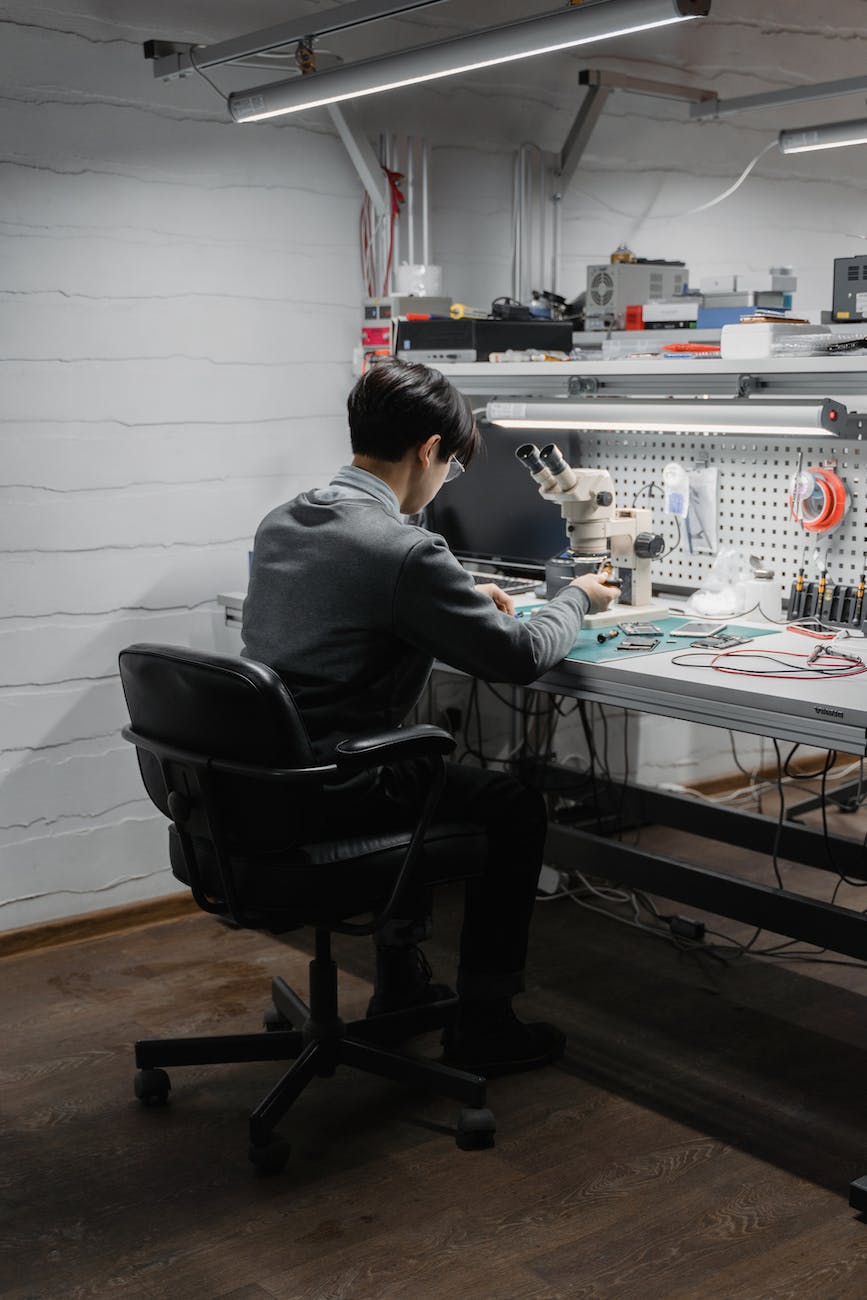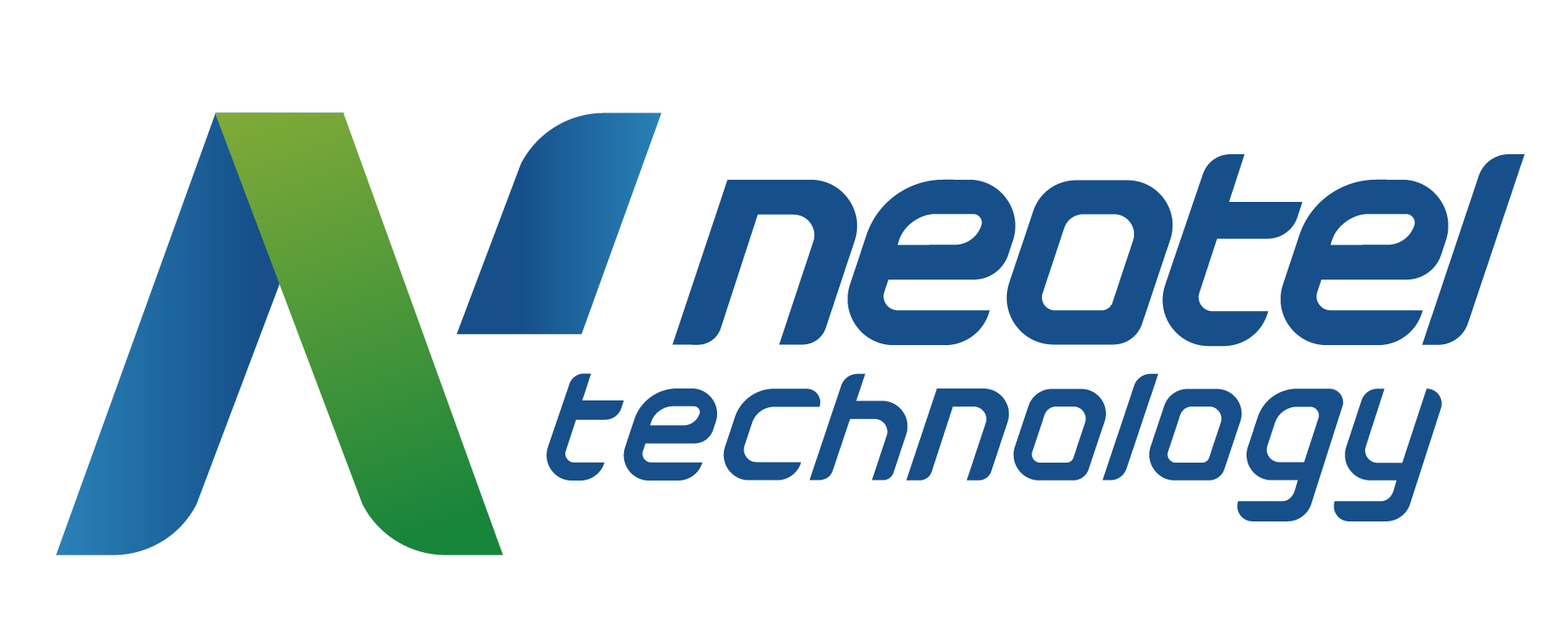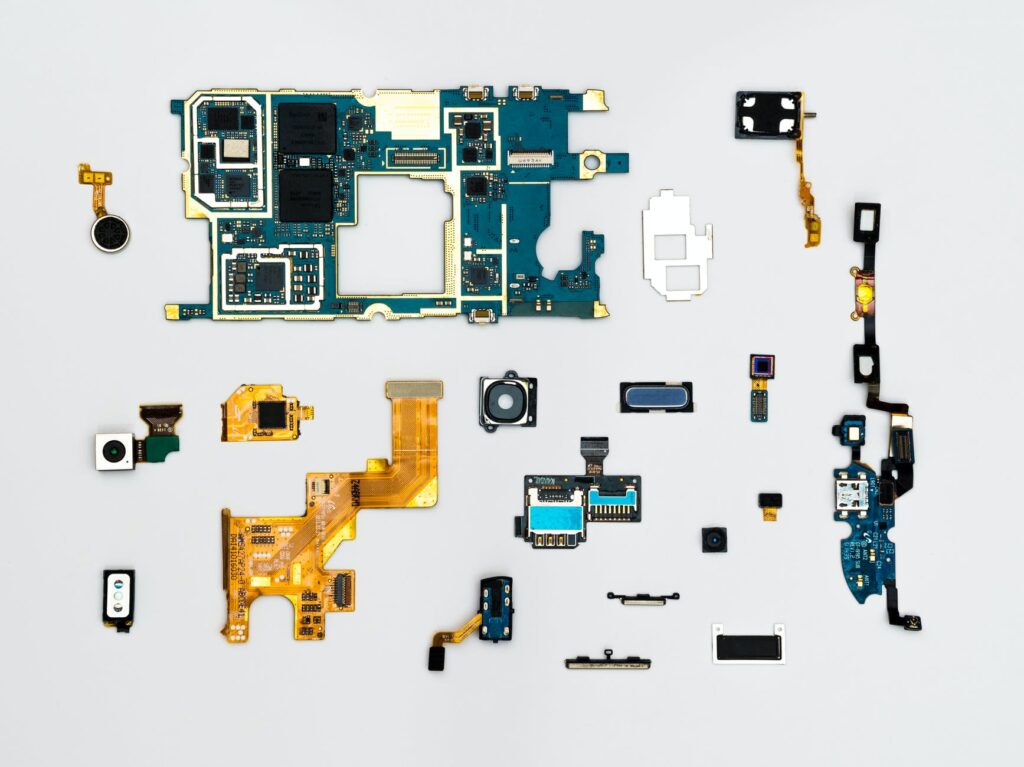Poka yoke is a Japanese term that means “mistake-proofing” or “error-proofing.” It is a quality control method that aims to prevent mistakes or errors from occurring in the first place by designing processes and systems in a way that makes it difficult or impossible for mistakes to happen. The concept of poka yoke was developed by Japanese engineer Shigeo Shingo as part of the Toyota Production System, and it has since been adopted by many other companies around the world as a way to improve quality and efficiency in manufacturing and other processes.

Benefits and Results of Poka Yoke
The benefits of poka yoke include:
- Improved quality: Poka-yoke helps to ensure that products or services meet the required quality standards by preventing mistakes from occurring. This can lead to fewer defective products and increased customer satisfaction.
- Increased efficiency: Poka-yoke can help to streamline processes by eliminating the need for rework or corrections, which can save time and improve efficiency.
- Cost savings: By preventing defects and mistakes, poka-yoke can help to reduce the costs associated with correcting errors or reworking products.
- Improved safety: Poka-yoke can help to improve safety by preventing accidents or injuries that can occur as a result of mistakes or defects.
- Increased competitiveness: By improving quality and efficiency, poka-yoke can help organizations to become more competitive in their markets.
5 Types of Poka Yoke
There are several types of poka-yoke that can be used to prevent mistakes or defects in a process. Some common types include:
- Contact method: This type of poka-yoke involves physical contact between the operator and the equipment or process. For example, a jig or fixture might be used to guide the operator’s hand to the correct location, or a sensor might be used to detect when a part is properly aligned.
- Fixed-value method: This type of poka-yoke involves setting a specific value or range of values that must be met in order for the process to proceed. For example, a machine might be programmed to stop if the temperature of a process exceeds a certain threshold.
- Motion-step method: This type of poka-yoke involves requiring the operator to perform a specific sequence of actions in order for the process to proceed. For example, an assembly line might require the operator to perform a series of steps in a specific order, such as installing one part before another.
- Warning method: This type of poka-yoke involves providing the operator with a warning if a mistake or defect is detected. For example, a machine might be programmed to sound an alarm if a part is not properly aligned.
- Self-checking method: This type of poka-yoke involves the equipment or process checking itself to ensure that it is functioning correctly. For example, a machine might be programmed to perform a self-diagnostic test on a regular basis to ensure that it is operating properly.

Poka Yoke application
Poka-yoke can be applied in a variety of settings and industries, including manufacturing, service, and office environments. Some examples of how poka-yoke might be applied include:
- Manufacturing: In a manufacturing setting, poka-yoke might be used to prevent mistakes such as assembling a product with the wrong parts, using the wrong tool, or installing a part incorrectly. For example, a jig or fixture might be used to guide the operator’s hand to the correct location, or a sensor might be used to detect when a part is properly aligned.
- Service: In a service setting, poka-yoke might be used to prevent mistakes such as providing the wrong service, using the wrong equipment, or forgetting to perform a necessary step. For example, a checklist might be used to ensure that all necessary steps are completed, or a warning system might be put in place to alert the operator if a mistake is made.
- Office: In an office setting, poka-yoke might be used to prevent mistakes such as entering incorrect data, forgetting to perform a necessary step, or sending a document to the wrong person. For example, a software program might be used to verify the accuracy of data entry, or a checklist might be used to ensure that all necessary steps are completed.



